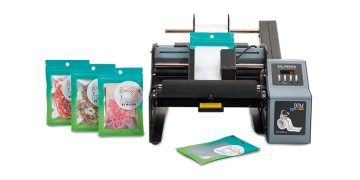Fluidised bed and spouted bed processes by Glatt offer manufacturers almost unlimited possibilities in terms of optimised particle design and the functionalisation of ingredients, the properties of which can be fine-tuned using spray granulation, agglomeration, microencapsulation and film, lipid and hotmelt coating.
Consumer demand for fortified products is constantly growing and has been well received by end users. The form in which health-promoting probiotics, dietary fibres or antioxidants are consumed depends on both the preferences and everyday habits of the individual. Whatever the format, though, an universal requirement is that functional ingredients must be stable during storage, precisely dosed, dissolve quickly, are well bioavailable or have a depot effect.
Fluidised bed and spouted bed processing is ideally suited to the large-scale production of these ingredients. In many branches of the industry, these technologies are used to agglomerate powders, dry liquid ingredients into granules or pellets, encapsulate them in microcapsules and, if required, encase them in a functional coating (Fig. 1).
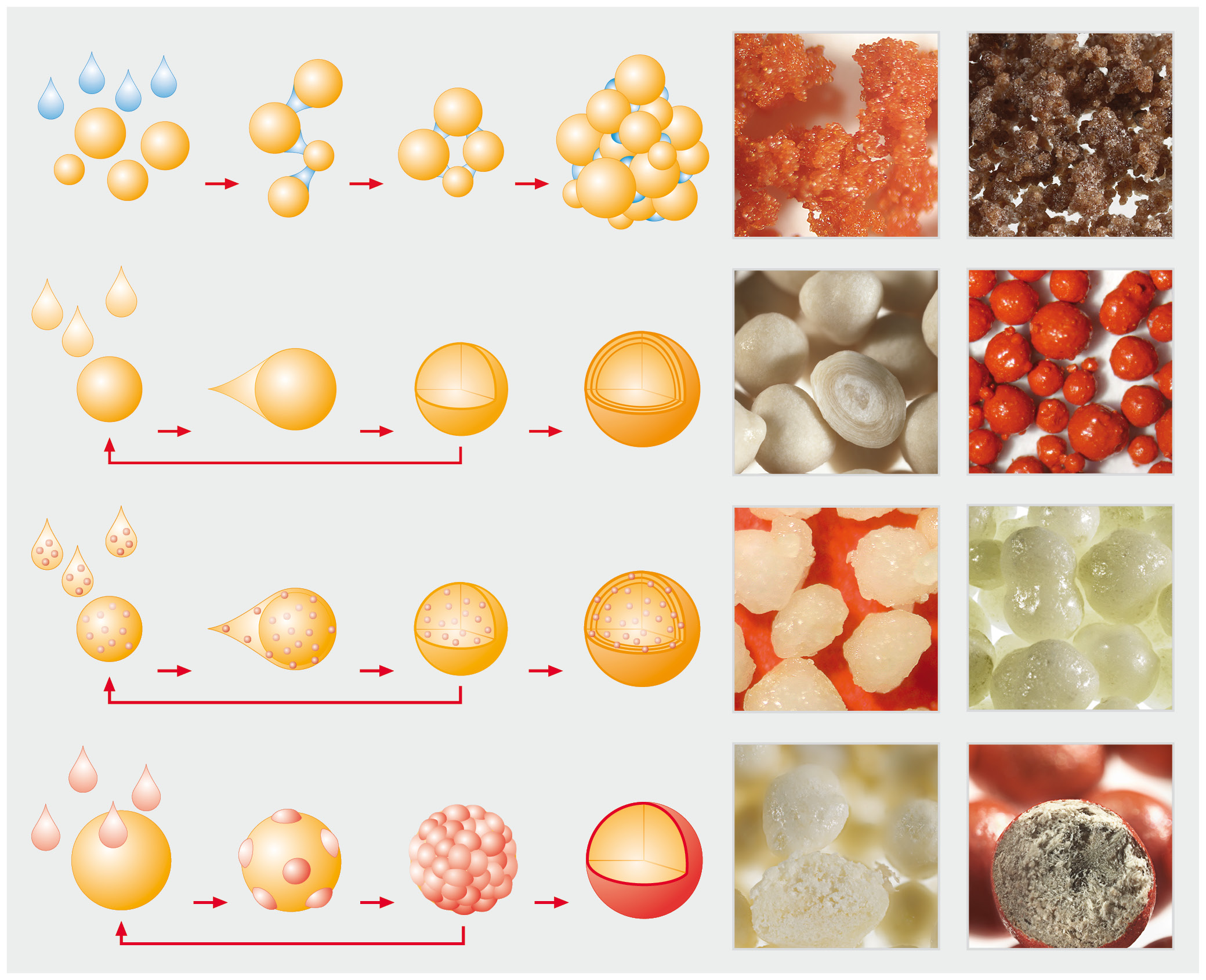
Fluidised bed principle
Both fluid bed and spouted bed technologies are based on the principle of fluidising particles using an upward-flowing process gas (Fig. 2, 3). Also used to bulk dry a variety of materials, both technologies make the process more efficient by suspending the material to be dried and exposing its entire surface to the process gas.
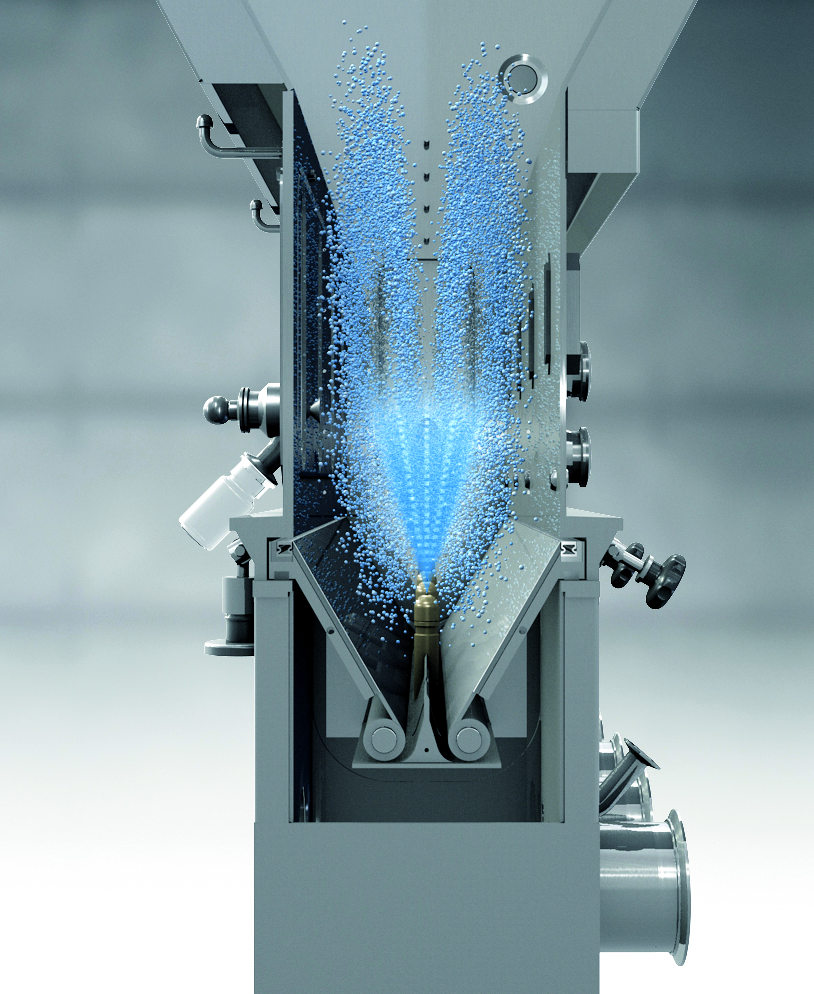
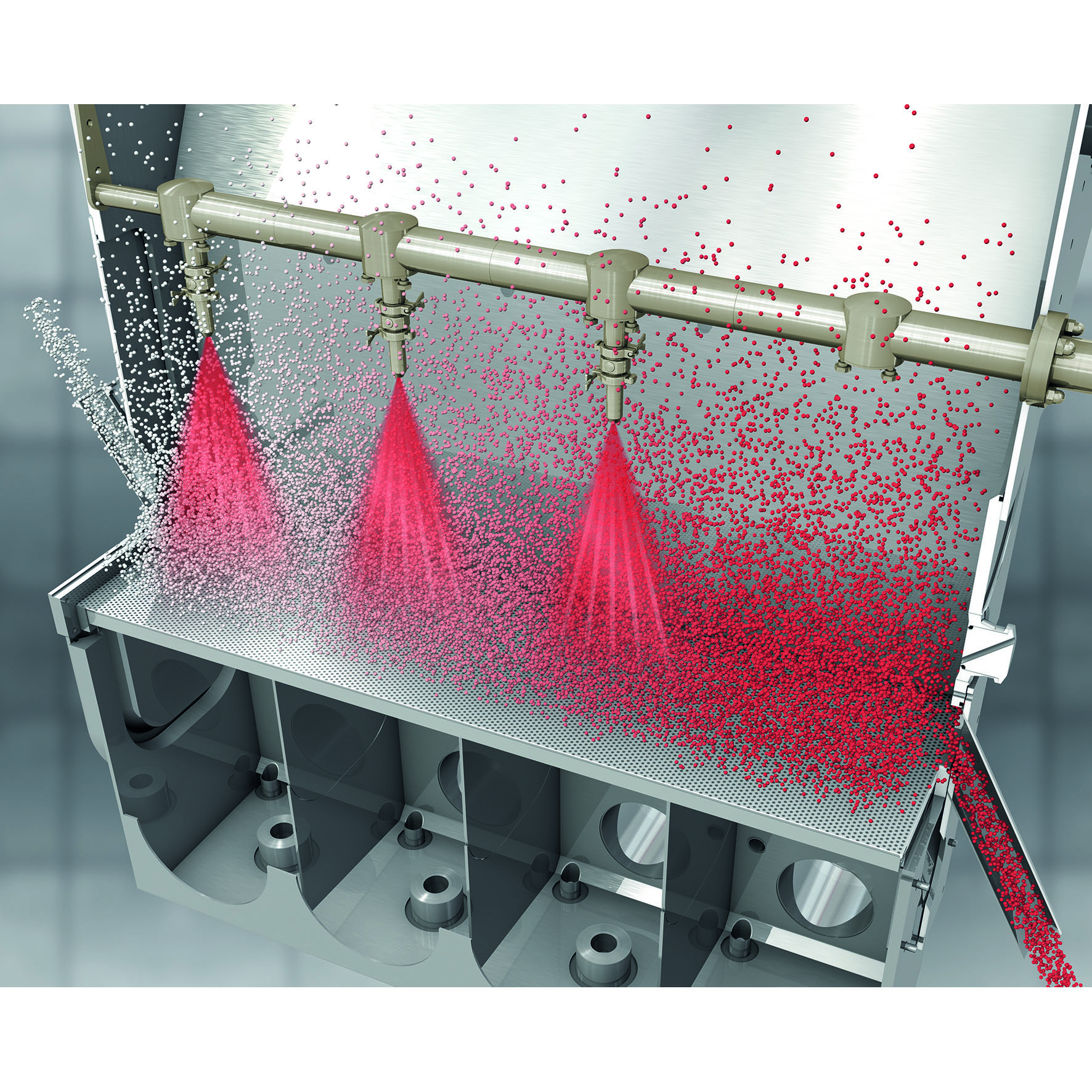
Figures 2 + 3: Continuous fluid bed processing: pictured on the left is a top spray option with four process chambers; on the right is a continuous spouted bed process with a bottom spray option. (Copyright: Glatt)
Spray granulation: from liquids to granules in a single process step
Fluid bed spray granulation is an efficient way to convert liquid raw materials directly into free-flowing, compact and dust-free granules. Spray granulation enables granule formation and release control to be done in a single step. This enables the drying of liquid food additives — such as stabilisers, flavours, vitamins or sweeteners — while precisely adjusting their particle size, residual moisture levels and solids content, resulting in round pellets with excellent physical properties.
Microencapsulation: protection of volatile and sensitive active substances
Microencapsulation is also based on the principle of granulation. Valuable substances that require special protection are often present in powder or even liquid form. This encapsulation process is used in particular for products and ingedients for the food industry. With the inclusion of an active substance in a solid matrix, microcapsules provide an ideal vehicle to control and protect vitamins, flavours or polyunsaturated fatty acids (PUFAs), as well as volatile essential oils. In the field of micro-encapsulation, Glatt has conducted various case studies on formulation and process optimization strategies based on encapsulation efficiency. Depending on the preferred principle, based on the properties of the customer’s active ingredients to be encapsulated, a wide range of available technical equipment can be customized in terms of cost, efficiency and formulation properties.
Film, lipid and hotmelt coating: functional surfaces
Fluidised bed spray coating is the method of choice when the optimisation of product properties involves, for example, controlled release mechanisms, modifying the surface structure for higher thermal and oxidation stability and/or masking odours or flavours associated with certain ingredients. Film or hot-melt coatings are also proven solutions that enhance important requirements such as long-term stability, resistance to oxidation and targeted release. A functional film coating not only provides a smooth layer that makes capsules easy to swallow, it also offers a protective barrier against light and moisture.
Spray agglomeration: perfect solubility and homogeneous mixtures
Spray agglomeration is used to convert powdery raw materials into homogenous easy-to-disperse (instant) products in a single process step. The process involves spraying a liquid into a fluidised bed and forming liquid bridges between the colliding particles. The liquid bridges are dried and solidified; as such, the fine powder is transformed into coarser agglomerates with a larger grain structure and improved application properties. The stable bonds reduce the risk of breakage and abrasion during handling, processing and storage.
Certain formulations can be agglomerated using water as the binding agent, which generates sufficient liquid bridges by moistening and partly dissolving the surface of the powder. If harder, more stable particles are required — as a prerequisite for further processing, for example — this can be controlled by binder substance viscosity, process time and temperature profile.
Fluidised bed spray agglomeration is an important process for substances destined for solid dosage applications, such as vitamin formulations and dried probiotics. Like minerals and micronutrients, their particle structure, moisture and bulk density must be adjusted according to the application. When filling into cans, capsules or sachets, or compressing into effervescent tablets, reproducible product properties such as blend uniformity, flowability and particle size have to be ensured.
From benchtop to industry scale
Available at the company’s technology centre in Weimar, Germany, Glatt offers a wide range of laboratory and pilot plant for early stage trials and testing. For new particle and product forms, customers benefit from short development times without having to invest in new technology or additional personnel (Fig. 4).
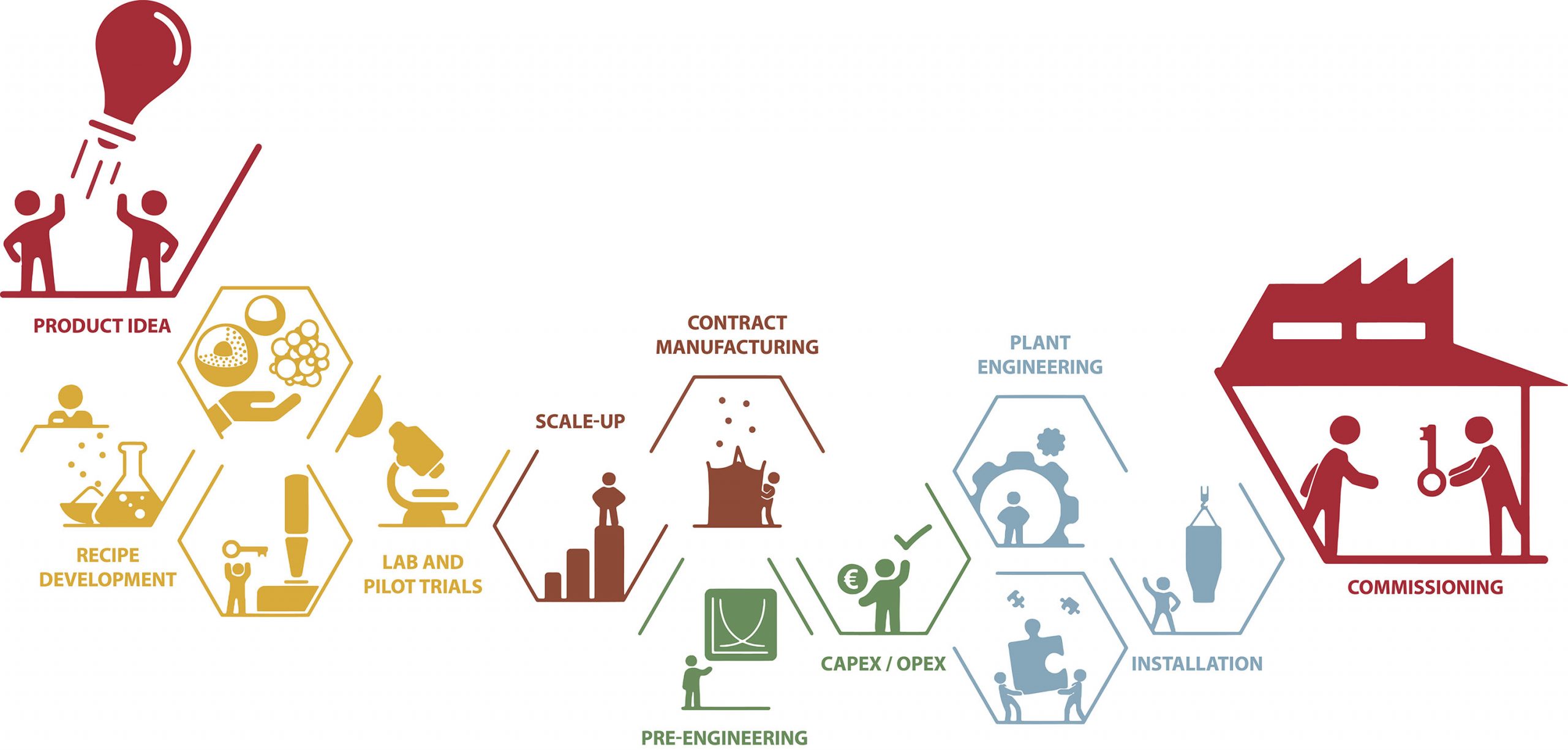
State-of-the-art equipment provides a fast and reliable way to obtain results for feasibility studies, product requirements and sample quantities for performance evaluation or marketing. In addition, up to the plant commissioning stage, Glatt offers contract manufacturing services that fill any in-house production gaps and expedite time-to-market. From initial idea to the finished product or production plant, the company provides a flexible and competent interface throughout the entire value chain.
Further information including examples for products and installed plants in selected projects is available on the newly designed Glatt website: https://foodfeedfinechemicals.glatt.com







